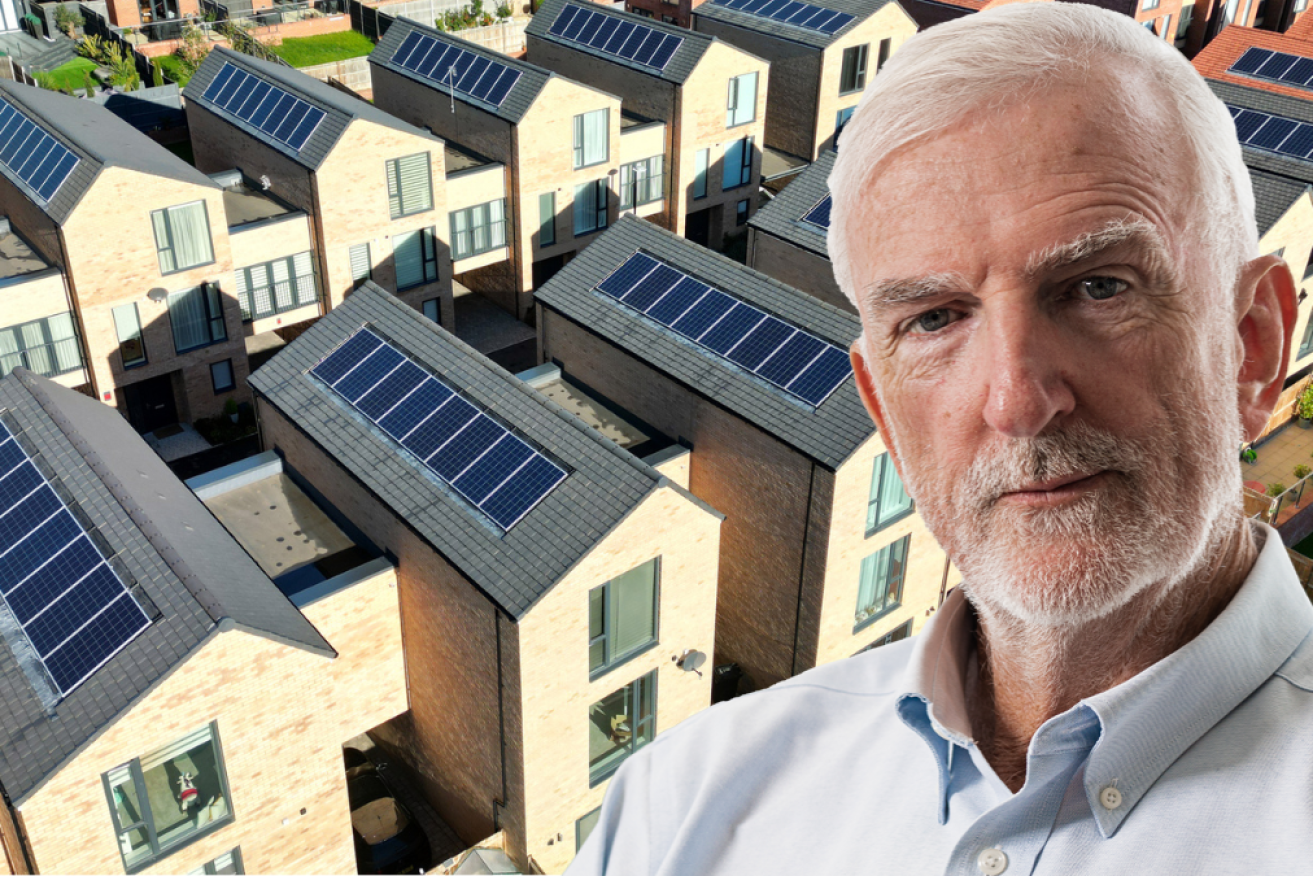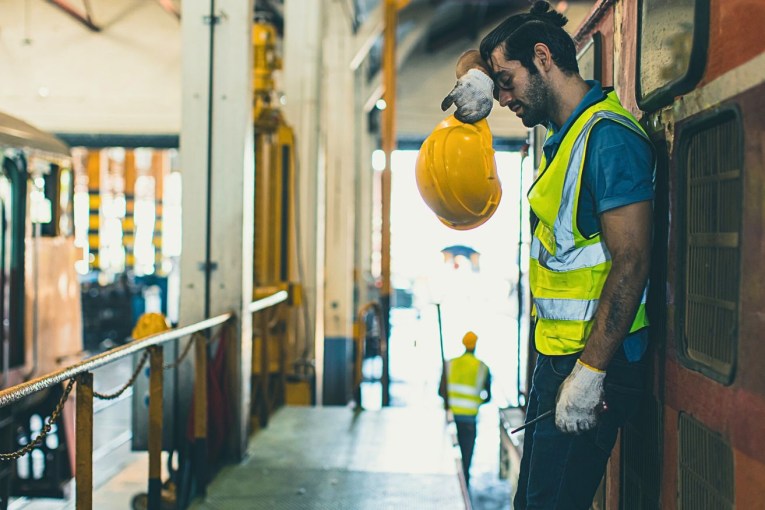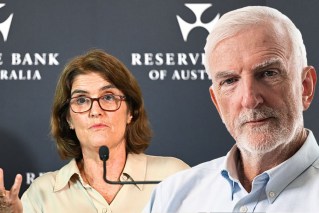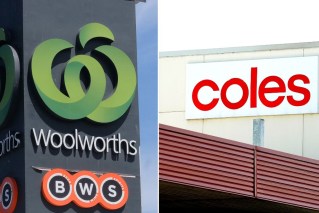Michael Pascoe: Our economy, not just the homeless, needs more public housing


The health of the economy depends on Australia's housing policies. Photo: TND/Getty
The bad news is that Labor’s election-gimmick Housing Australia Future Fund (HAFF) is even more marginal than I thought, but the good news is that a capacity opportunity is opening up for much greater public housing investment.
What’s more, our economy, not just the homeless, will need the stimulus provided by governments building more public and social housing as private housing continues to weaken and our infrastructure boom peaks lower and earlier than previously expected.
Without planning and investing now, Australia risks sliding back into the substandard growth we suffered in the late 20-teens.
But first the hapless HAFF with a hat tip to Michael West Media for digging out the example of what it costs Peter Costello’s Future Fund to run a similar vehicle, the Medical Research Future Fund (MRFF). (No, the HAFF was not a very original idea.)
The MRFF was in the headlines last month over the way the Coalition government had discarded due process to hand out fat grants from the fund when it suited. (No surprise there – you could argue that’s just the Coalition being consistent.)
What interested Michael West, though, was how much it cost the Future Fund to run the MRFF as it is the same model Labor is proposing for the HAFF.
Cutting to the chase, what Westie found in the latest accounts is that the MRFF was worth $21.6 billion on June 30, 2022, and that it had cost the Future Fund $423 million to manage it – 1.96 per cent of funds under management, but let’s round it up to 2 per cent to keep the numbers simple.
The Future Fund base management fee itself was only 0.2 per cent. The rest of the “look through costs” were what the Future Fund paid various external managers, hedge funds, private equiteers and brokers to run the money.
That would theoretically include performance fees, but they should have been very low, as the Future Fund’s annual report declared: “The Medical Research Future Fund delivered a return of 0.1 per cent per annum in 2021-22.”
A second-rate policy
That low return isn’t the problem the Greens like to pretend with their “gambling on the stock market” slogan – a decent fund has good years and bad years but over time makes a good return. (The Future Fund itself has averaged 7.8 per cent.)
Well, it’s not a problem as long as the government makes up the occasional shortfall or allows the fund to dip into capital in lean years to keep the promised stream of cash coming.
What looks embarrassing for the government is what you get by adding the MRFF’s “look through costs” example of 2 per cent to the cost of borrowing the HAFF’s $10 billion in the first place – 10-year Australian Government bonds are trading around 4 per cent.
Part of the political appeal of the HAFF model for the government is that the annual borrowing cost disappears out of the annual budget – nearly everybody forgets about it but, no, it still has to be paid.
So, if the cost of money and the cost of running it adds up to about 6 per cent, it looks like a lot of effort for a net gain of one-and-a-bit per cent. The “look through costs” are bigger.
Which is why the HAFF is second-rate policy, primarily an election campaign gimmick providing a big number to headline.
That said, as previously opined, it’s better than nothing and does no harm so if the Greens can get over themselves, at this stage they may as well take their political wins and pass the bill.
Part of our silly politics is that the HAFF has been played as the main game, when it’s really not much more than a sideshow.
Those “up to 30,000 homes over five years” are all the HAFF proposes – the $10 billion fund is mainly just an on-going subsidy of the below-market rent of that number of community housing dwellings. It doesn’t keep growing the new housing we desperately need.
The relatively good news for public and affordable housing campaigners is that the government will need to build more than it has promised. The economy is going to need it.
Dwelling approvals and commencements have fallen to their lowest level in a decade thanks to the perfect storm of rising interest rates, the hangover from the Coalition’s poor HomeBuilder policy and supply chain issues.
No recipe for growth
Interest rates might have peaked, but they’ll only start coming down if the economy softens and the labour market weakens markedly – which is not a recipe for growth in private dwelling investment.
In short, the capacity restraints on increased direct government investment in housing are not only easing, they are calling for the government to pick up the looming slack.
And now the transport infrastructure boom is rolling over earlier and lower than previously expected. That also promises to both free up skills and create a need for government investment to counter the economic drag.
Macromonitor is an industry research and forecasting company that keeps tabs on transport infrastructure construction, including what’s coming or not coming down the pipeline. It has just dramatically lowered its forecasts of infrastructure investment over the next four-to-five years.
“The expected peak level of annual infrastructure construction has dropped by $7 billion, or 13 per cent in real terms, as a result of changes to major project plans over the past 12 months,” Macromonitor says in its latest construction outlook report.
The states-driven boom in transport infrastructure investment has unwritten much of our economic growth over the past few years, but after peaking this financial year, reduced spending will subtract from growth.
“Construction cost inflation has spiked over the past two years, causing big blow-outs in project budgets, so now, for the same amount of spending, much less work can be done,” Macromonitor economist Abdul Hannan said.
“Even aside from costs, there are problems with resourcing this level of work and this number of major projects at the same time. All of this has caused state governments to cancel, defer and extend numerous major projects that were previously planned.”
The report lists key developments that have caused the downward revision including:
- The Federal Government’s 90-day infrastructure pipeline review
- The Inland Rail project audit
- The Victorian Government’s cancellation of the Commonwealth Games and pause on selected infrastructure projects
- The review of the Sydney Metro project
- Slower time frames on projects in the 2023 Queensland budget
- The Beaches Link in Sydney put on hold
- The Great Western Highway tunnel in the Blue Mountains appears scrapped
- The Stage 2 extension of the M6 motorway deferred
- A pause in work on the Melbourne Airport Rail Link
- The Geelong Fast Rail project now likely to be scrapped.
Macromonitor’s graph shows the sharp decline beyond 2023-24 in big ticket projects with a minimum annual spend of $300 million with NSW and Victoria, having spent the most, starting to fall the most.
Therein lies the opportunity – if the federal Government is smart enough to seize it.
A reliable, strong pipeline of government direct investment in public housing is what the economy is ordering, never mind the homeless – and they haven’t been minded by governments for decades.










